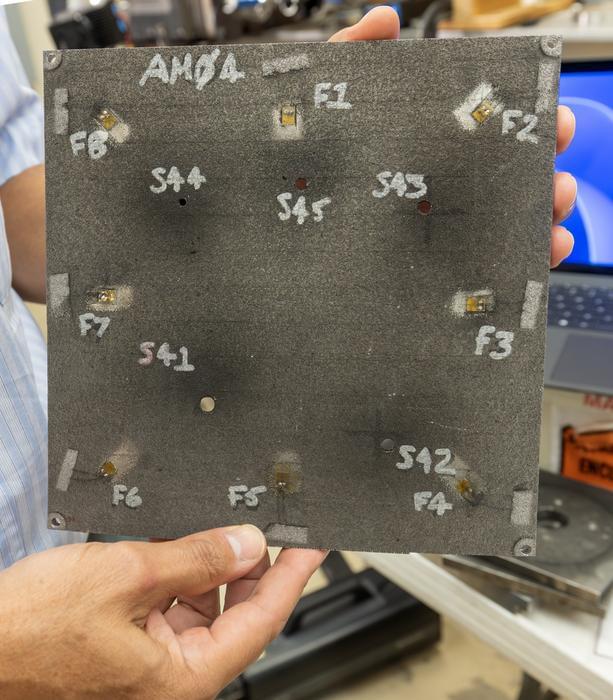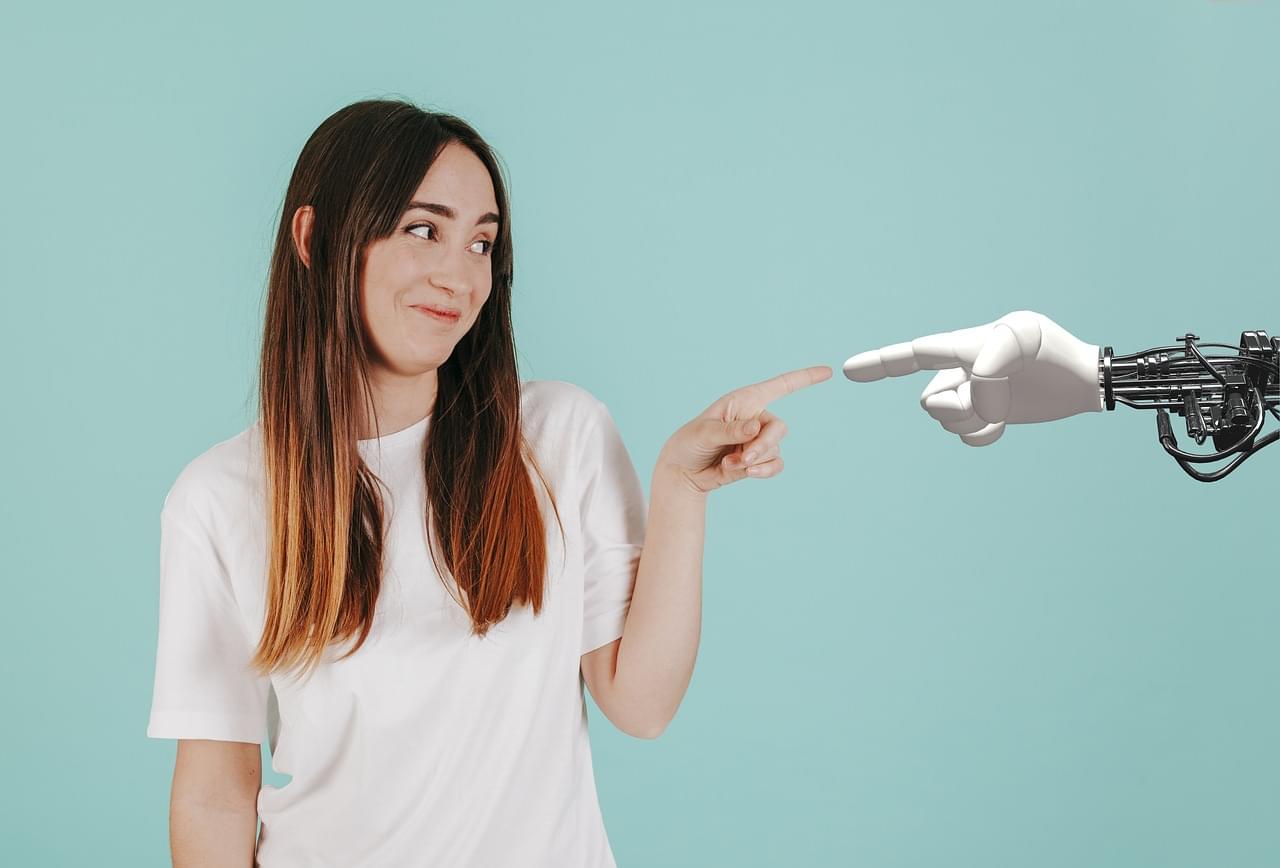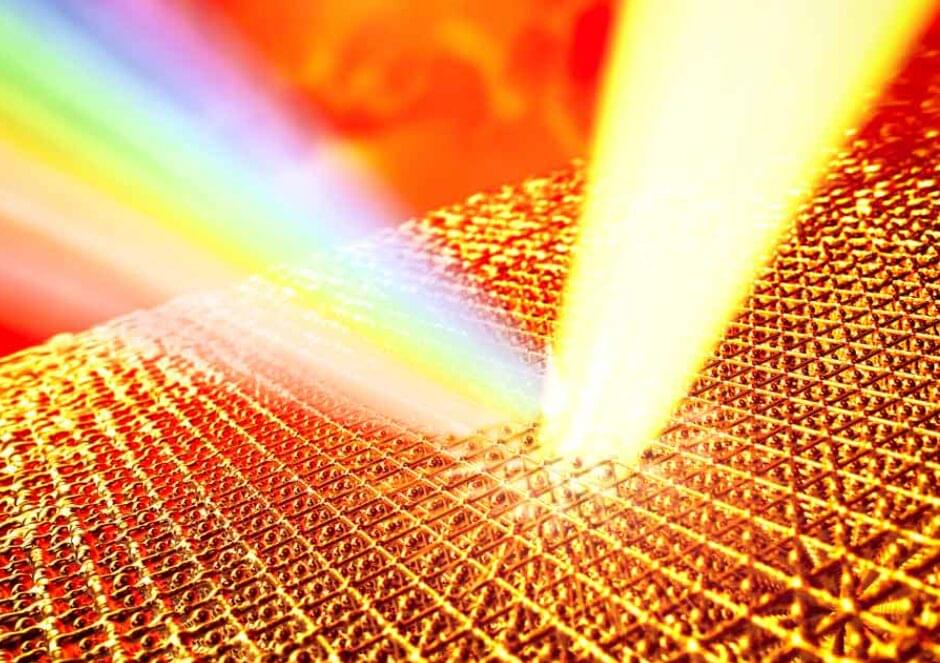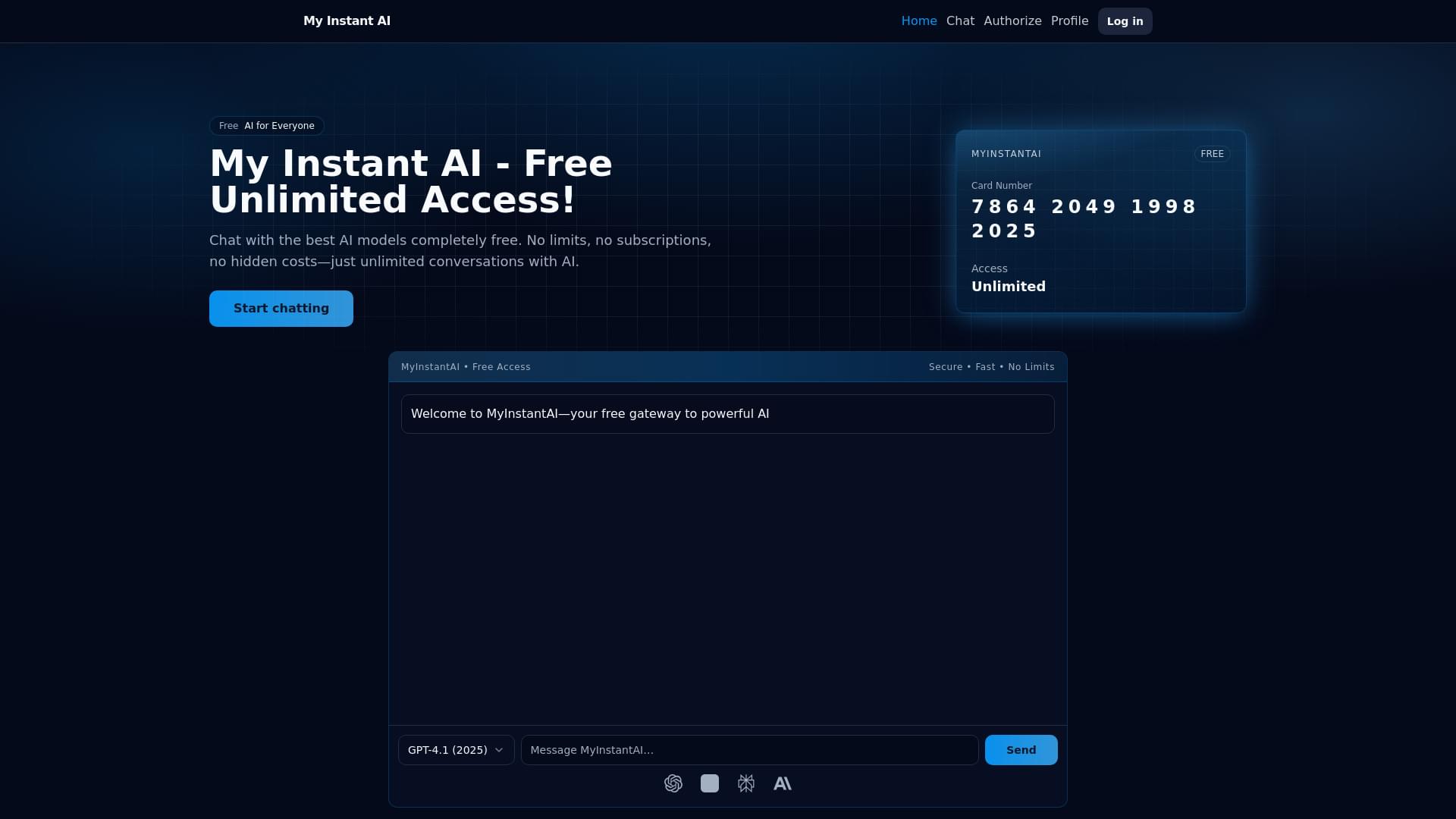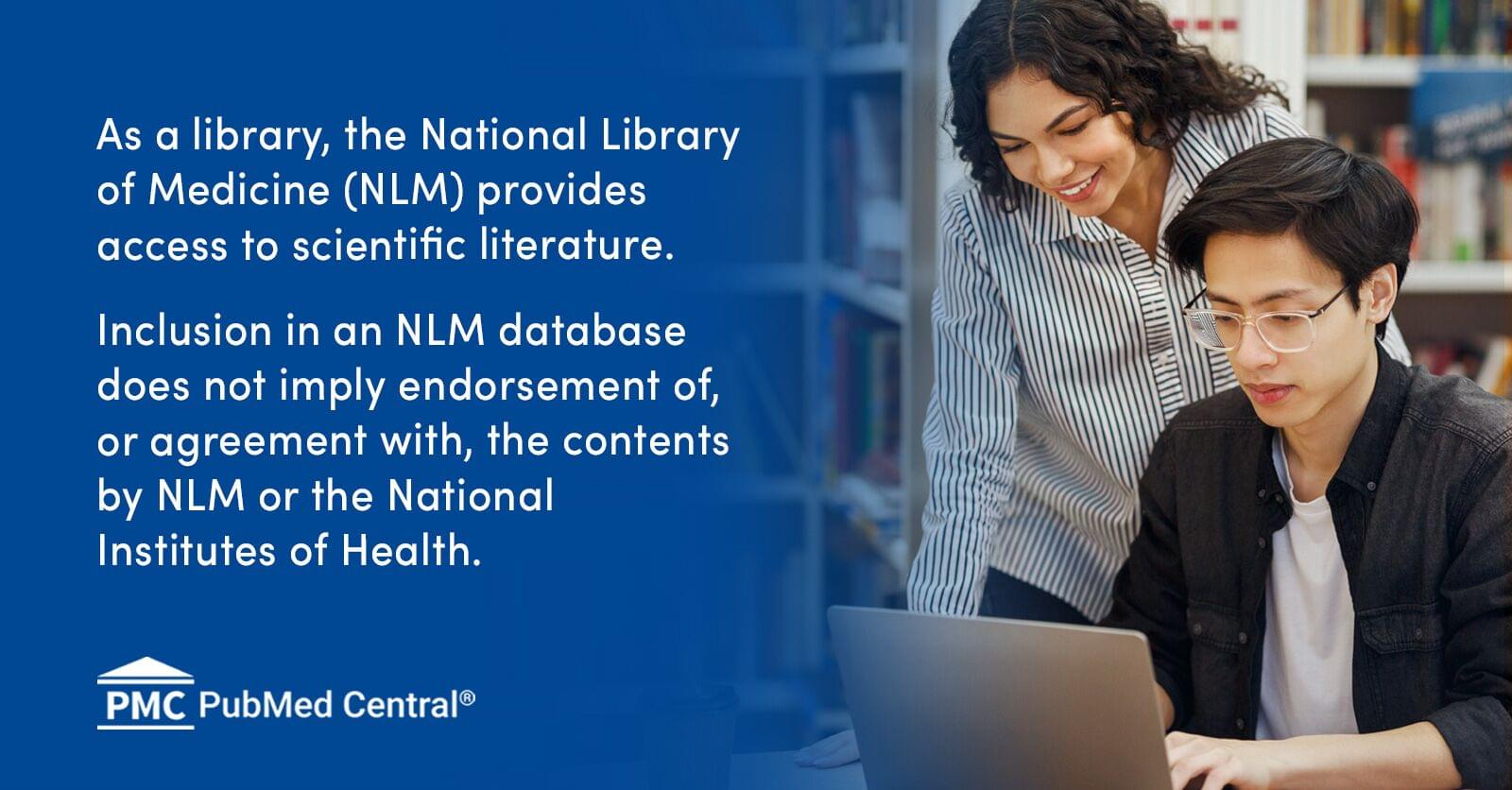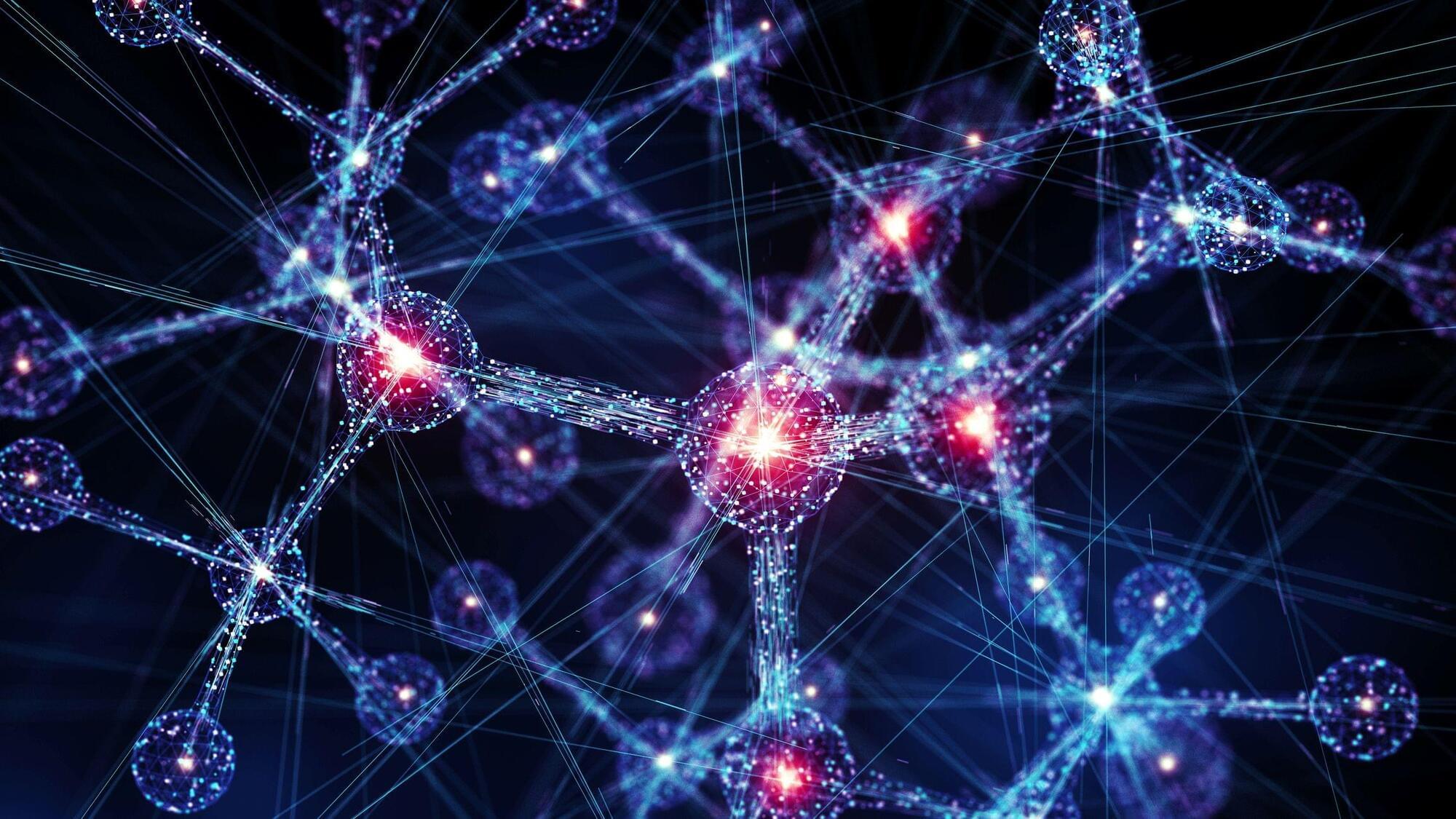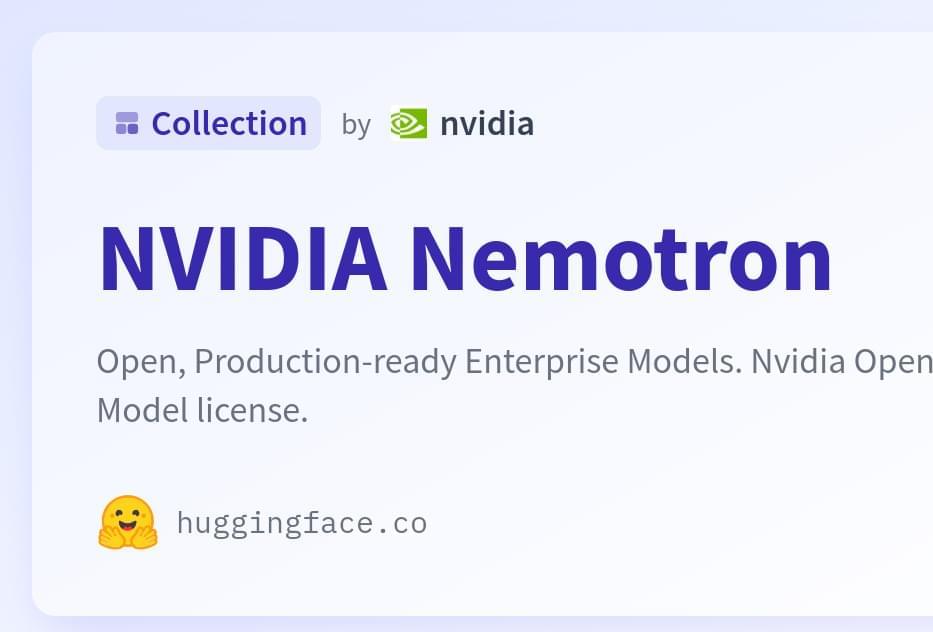Adding geopolitical intrigue, it’s looking more and more like NASA’s helpless flailing could position China to beat the United States in the race to return to the Moon.
China’s lunar exploration program has made massive leaps in recent years, most recently successfully testing its “Lanyue” lunar lander at a facility outside of Beijing. It was a “key step in the development of China’s manned lunar exploration program” and the “first time that China has carried out a test of extraterrestrial landing and takeoff capabilities of a manned spacecraft,” according to a statement by the China Aerospace Science and Technology Corporation (CASC.)
The goal is to land the first Chinese astronauts on the Moon “before 2030” — a clear shot across the bow, considering NASA is currently hoping to launch its first crewed landing attempt, Artemis 3, no earlier than mid-2027.

